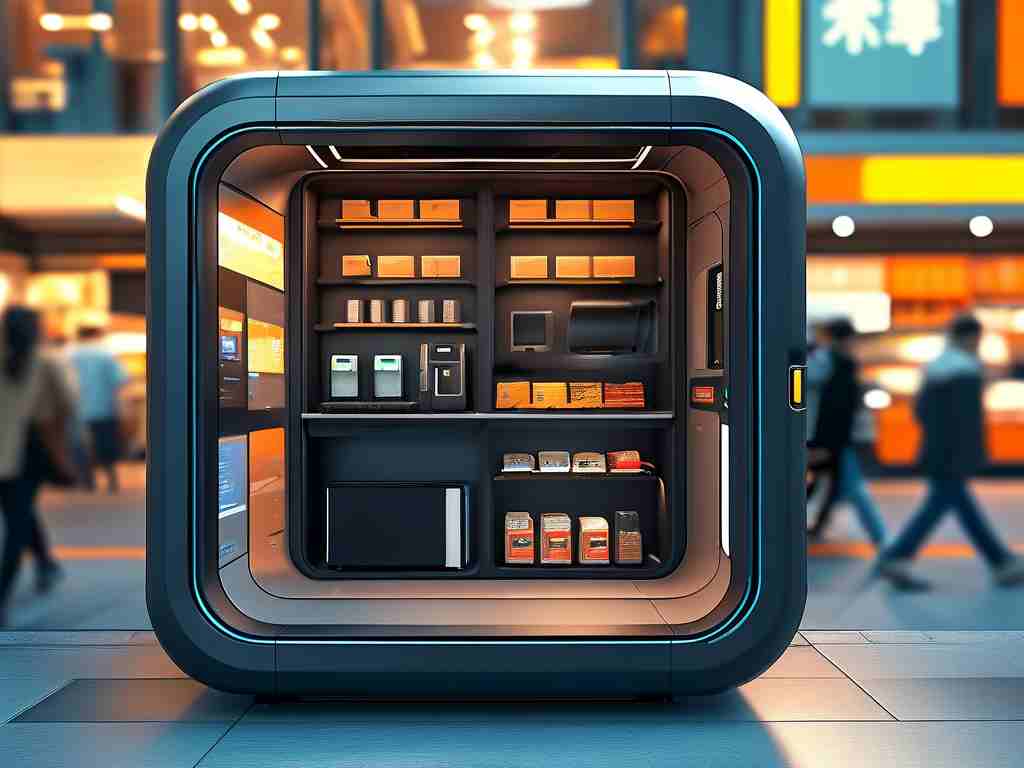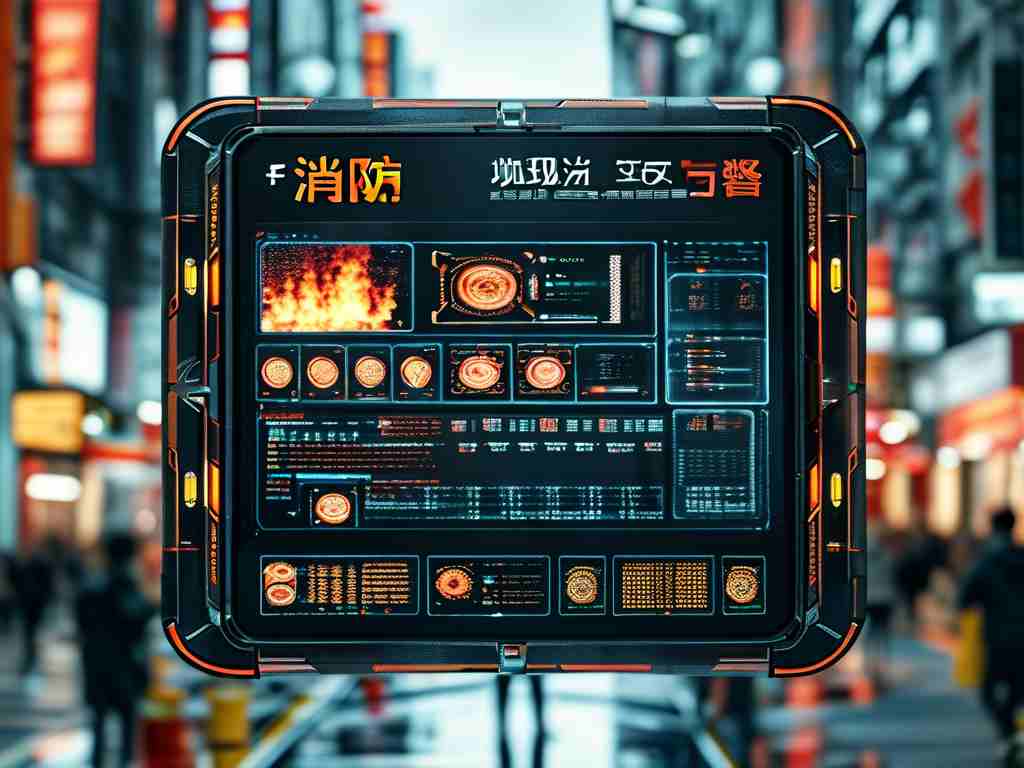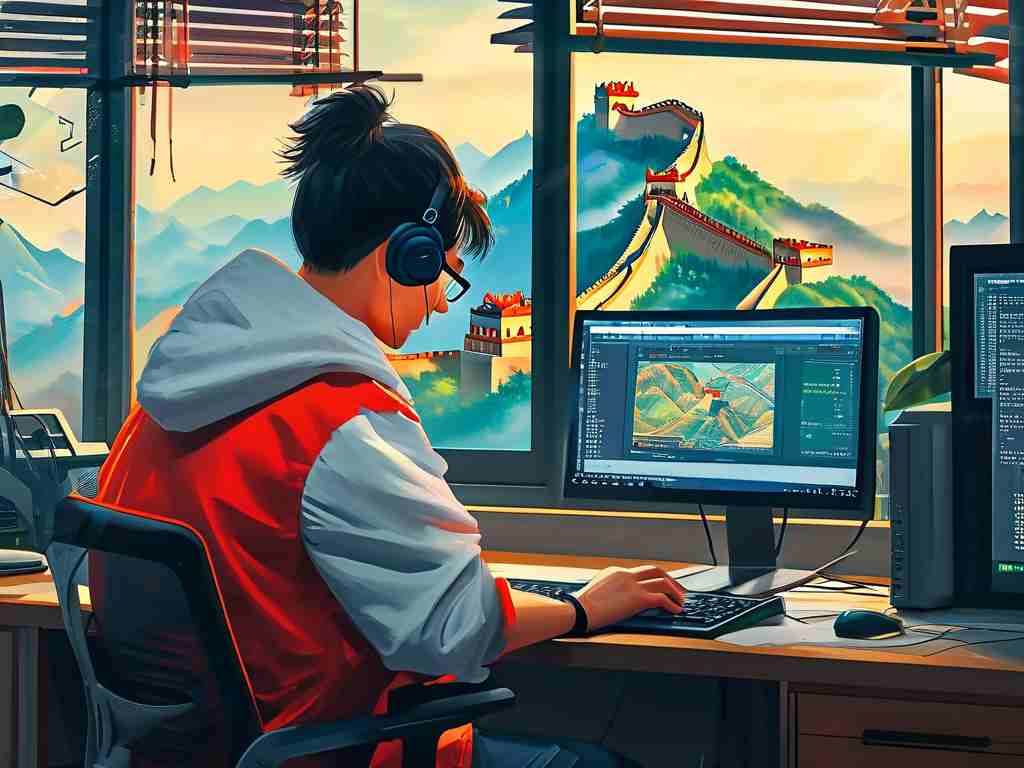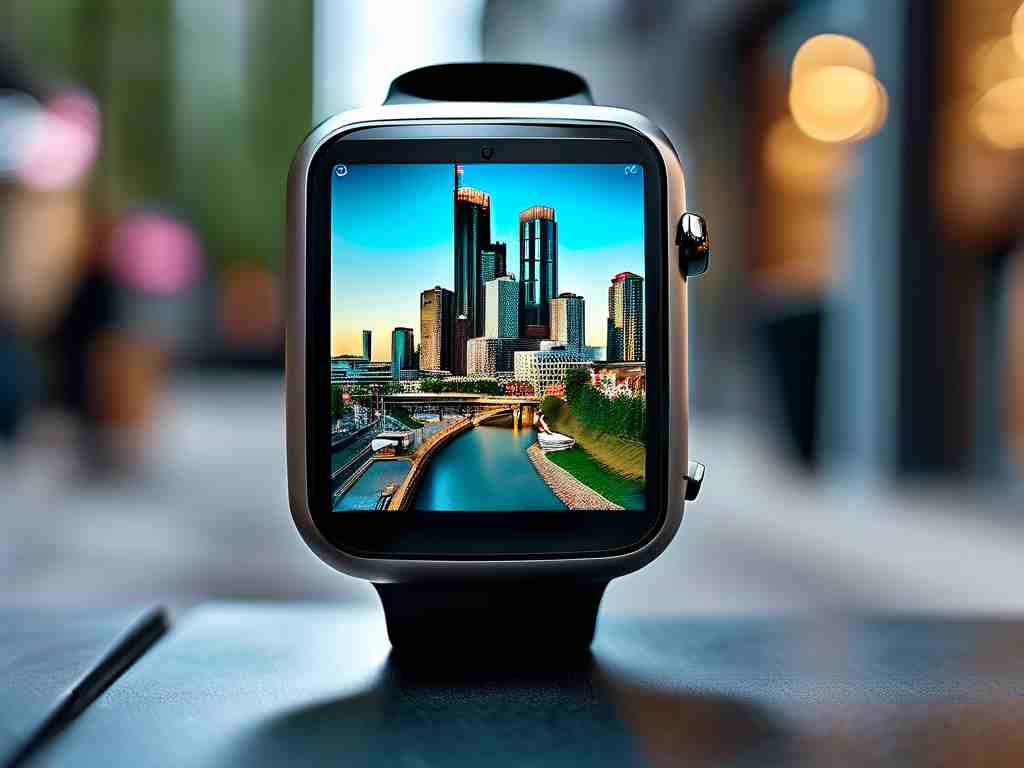The fusion of embedded systems with gaming chair design has revolutionized the ergonomic and interactive experiences for gamers. As competitive gaming demands prolonged sessions, manufacturers are leveraging embedded development to create chairs that adapt to users’ physical needs while integrating smart functionalities. This article explores how embedded technology transforms traditional gaming chairs into dynamic, user-centric devices.
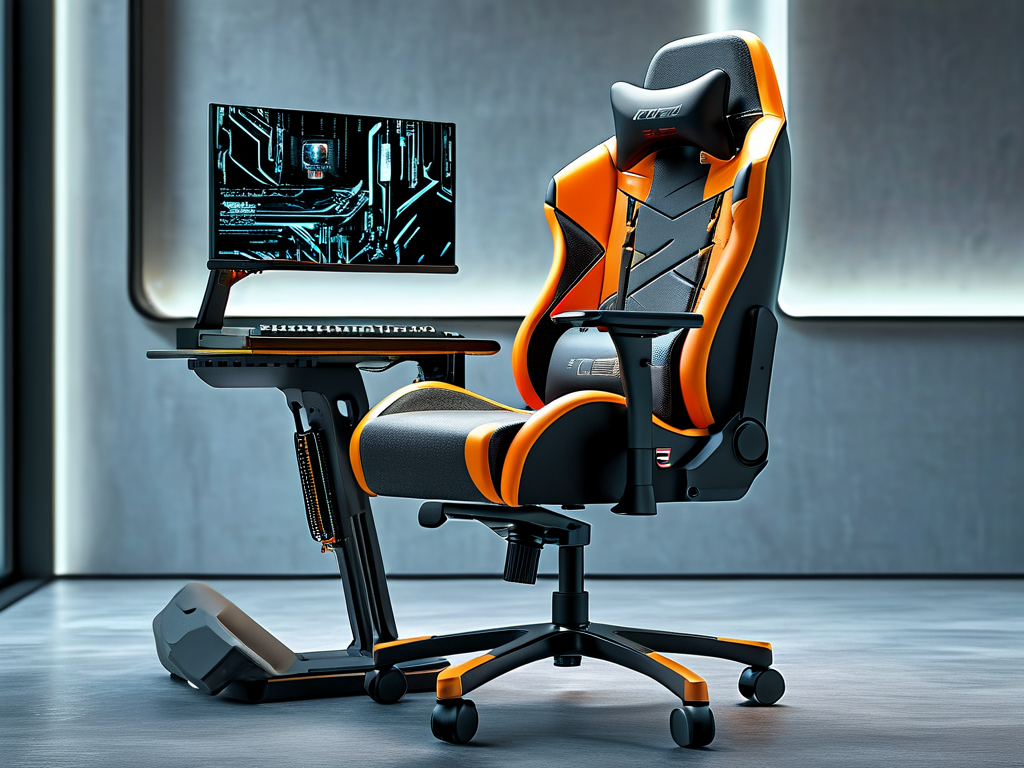
The Core of Embedded Systems in Gaming Chairs
At the heart of modern gaming chairs lies a network of microcontrollers, sensors, and firmware. These components enable real-time adjustments to seating posture, lumbar support, and temperature control. For instance, pressure sensors embedded in seat cushions collect data on weight distribution, feeding it to an ARM Cortex-M4 processor that triggers motorized adjustments through PID control algorithms. A simplified code snippet demonstrates this feedback loop:
void adjustLumbarSupport(int pressure_data) {
if (pressure_data > THRESHOLD) {
motor.rotate(ANGLE_ADJUSTMENT);
updateUserProfile(EEPROM_ADDR);
}
}
This seamless interaction between hardware and software ensures adaptive comfort without user intervention.
Connectivity and Customization
Modern embedded frameworks enable Bluetooth/Wi-Fi connectivity, allowing gamers to sync chairs with gaming setups via IoT protocols. Through mobile apps, users can program preset configurations – from RGB lighting patterns to haptic feedback intensities synchronized with in-game events. ESP32 modules commonly handle these wireless interactions, executing commands like:
def sync_haptic(event_type):
if event_type == "explosion":
chair.vibrate(intensity=0.8, duration=1200)
elif event_type == "health_low":
chair.pulse_LED(color=0xFF0000, frequency=2)
Such integrations deepen immersion while showcasing how embedded systems bridge physical hardware and virtual environments.
Thermal Management Innovations
Extended gaming sessions often lead to discomfort from heat buildup. Advanced chairs now incorporate thermoelectric modules (TEMs) controlled by PID algorithms. NTC thermistors monitor surface temperatures, while microcontroller-regulated Peltier elements actively cool or heat specific zones. This closed-loop system maintains optimal thermal conditions, demonstrated in thermal imaging studies showing a 40% reduction in heat retention compared to conventional designs.
Challenges in Embedded Design
Developing these systems presents unique hurdles. Power management remains critical – balancing motor loads, wireless modules, and cooling systems without exceeding USB-PD specifications requires precise voltage regulation circuits. EMI shielding is another concern, as high-frequency microcontroller operations must not interfere with adjacent gaming peripherals. Successful implementations often employ:
- Layered PCB designs with ground planes
- STM32 processors with low-noise peripherals
- Dynamic clock scaling to reduce RF emissions
Future Directions
Emerging trends include AI-driven posture correction using ML models trained on ergonomic datasets, and MEMS-based motion sensors that detect micro-movements to prevent stiffness. Prototypes already demonstrate chairs that suggest stretch routines via integrated displays when detecting prolonged static poses.
As embedded systems grow more sophisticated, gaming chairs will evolve from passive furniture to active health companions. This transformation underscores the importance of cross-disciplinary collaboration between firmware engineers, industrial designers, and ergonomics experts – a convergence that’s redefining what gaming chairs can achieve.
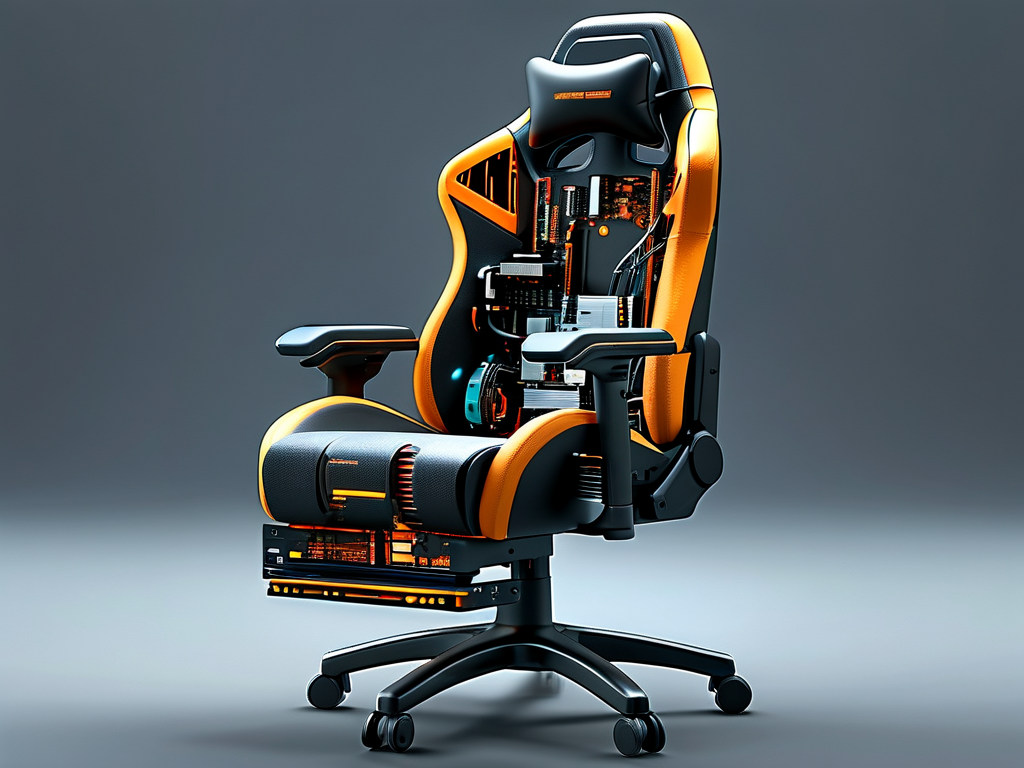
The integration of embedded development in gaming chair manufacturing isn’t just about adding features; it’s about creating an ecosystem where hardware intuitively responds to human needs. As this technology matures, expect chairs that don’t just support gamers but actively enhance their performance and well-being.




